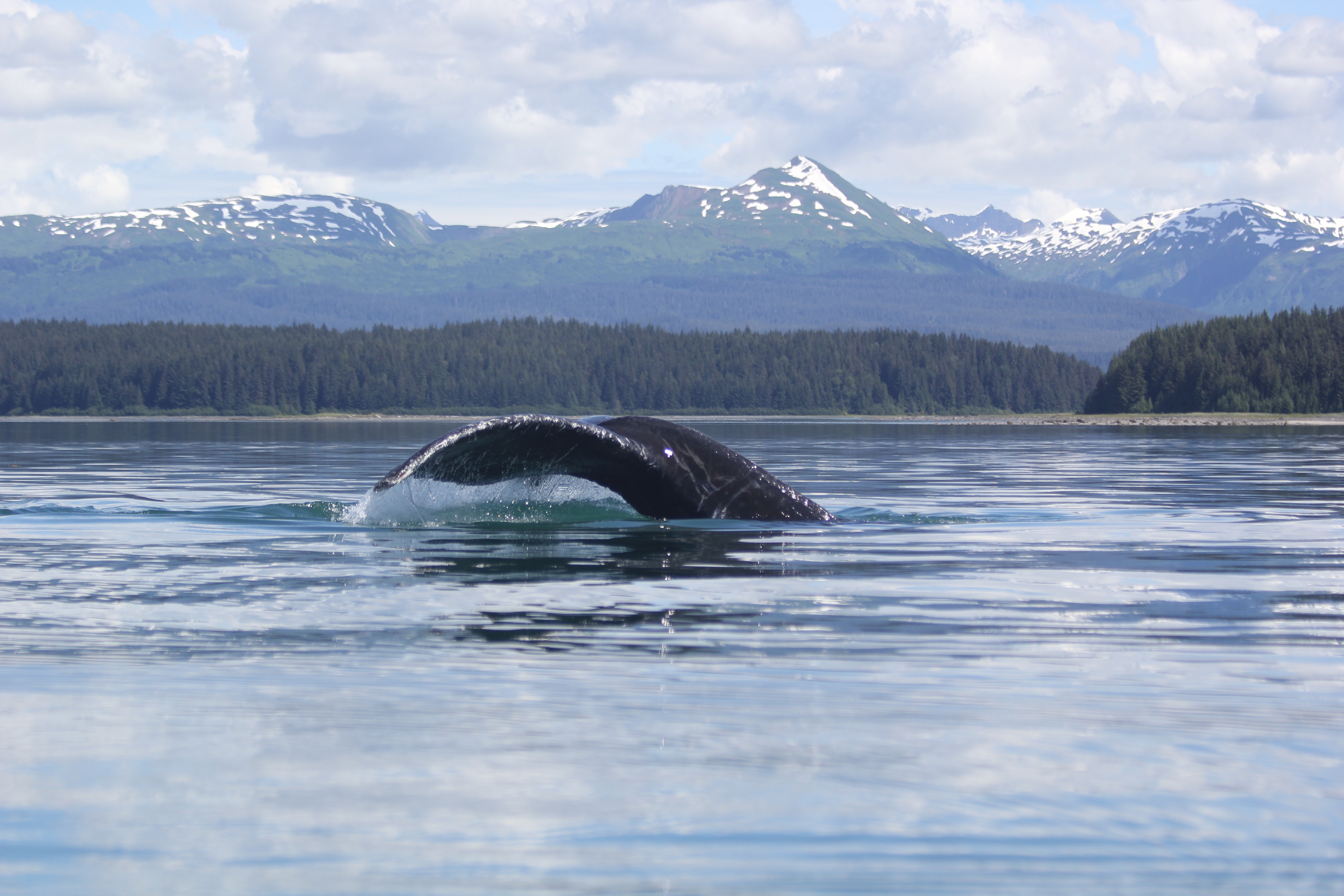Everyday the Strawberry Island field team wakes up and starts off the morning watching either whales or seals. We take a break, watch some more whales and seals, take another break, and end our evening watching whales and seals again. And throughout all of our data collection of marking what the animals are doing at the surface, our hydrophones are recording what the animals are saying underwater. We do our best to try and understand what the whales and the seals do at the surface during all times of the day, but even at our best we can only watch some of the time.

Acoustics is a great way to monitor animal behavior for a variety of reasons. One of these reasons is that we can leave our hydrophones underwater to record animal vocalizations for months at a time. No matter the time of day or type of weather, the hydrophones are archiving the acoustic behavior of all the whales and seals in and around the array. And then, when we pick up our hydrophones at the end of the season, we can correlate the behavioral data we collected all summer to the acoustic data. Out hydrophones are arranged in such a way that by using recordings from all four of them, we can determine the location of the vocalizing animal. Acoustic localization plus behavioral data equals a lovely picture of what’s happening in the survey area.


Understanding the correlation between what the animals are doing and what they are saying is an important link in the field of animal bioacoustics. If we can relate these two datasets – the visual observations and the acoustic data – it will hopefully give us insights into what the animals are doing even when we’re not watching.
-Leanna Matthews, PhD Candidate